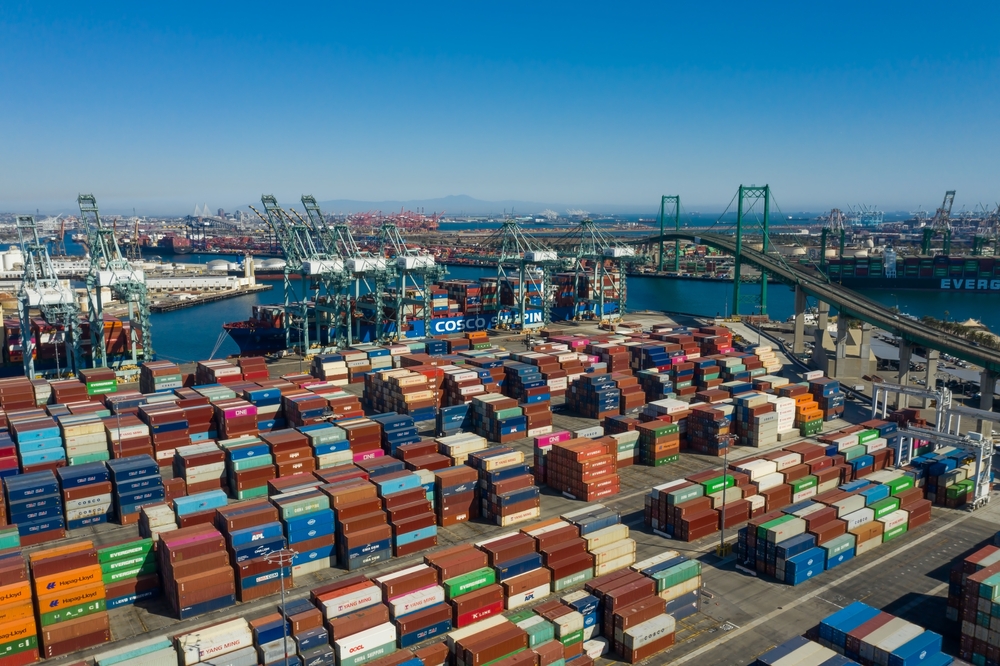
International trade tariffs are no longer just a diplomatic instrument—they’ve become a transformative force reshaping global business operations. With recent tariffs disrupting supply chains, increasing costs, and pressuring businesses worldwide, adapting to this rapidly evolving landscape is no longer optional—it’s essential. For procurement professionals, supply chain managers, trade professionals, and retailers, the ability to anticipate and adjust to these shifts could mean the difference between thriving and struggling in today’s economy.
Recent tariff policies, such as the U.S. threatening a 25% tariff on imports from Canada and Mexico and a 10% tariff on all Chinese imports as of February 2025, are just the tip of the iceberg. These moves have far-reaching implications, influencing costs, supply chain dynamics, and even international trade relationships.
Tariffs directly increase the cost of imported goods, from raw materials and machinery to electronics and consumer goods. The ripple effect? Businesses either absorb the increased costs—shrinking profit margins—or pass them onto consumers as price hikes. For example, U.S. farm exports dropped 50% in 2018 during similar tariff scenarios, showcasing the severe economic impact.
Just-in-time inventory models—a cornerstone of modern supply chains—are being tested. Tariffs introduce unpredictability, delaying shipments and forcing businesses to scramble for alternative suppliers. Dependency on single sourcing from regions like China now seems untenable, prompting businesses to diversify sourcing strategies.
Tariff policies rarely exist in isolation. Retaliatory measures from partner nations, such as China’s counter-tariffs on U.S. agricultural products, crude oil, and machinery, highlight the domino effect that trade wars create. For industries reliant on stability, such moves jeopardize long-term economic sustainability.
To stay competitive, businesses are increasingly adopting these strategies in response to the changing trade landscape:
Businesses are actively exploring sourcing strategies beyond traditional trade partners, with countries in Southeast Asia, South America, and even nearshoring initiatives in North America gaining attention. This diversification reduces dependency on high-tariff regions and fosters resilience in supply chains.
To mitigate international trade risks, more companies are reshoring manufacturing or nearshoring to neighboring regions. Not only does this reduce reliance on distant trade partners, but it also minimizes logistics disruptions and shortens lead times.
Friendshoring emphasizes sourcing products and services from countries with strong economic and political ties. By partnering with “friendly” nations, businesses reduce risks tied to adversarial relationships and ensure more stable supply chains.
While China remains a key manufacturing hub, over-reliance on it carries risks. The China Plus One Strategy (C+1) encourages businesses to maintain operations in China while diversifying production to other countries like India, Malaysia, or Vietnam. This approach balances efficiency with reduced dependency on a single region.
Modifying products or their Harmonized System (HS) code classifications to reduce tariff liability. This may involve altering a product’s composition, assembly location, or making minor modifications to qualify for lower-duty categories. For example, adjusting textile blends to avoid higher tariffs on synthetic fabrics. This strategy requires careful planning and compliance but can significantly reduce costs in the long term.
With tariffs increasing unpredictability, businesses are prioritizing trade compliance and risk management. Companies are investing in analyzing trade agreements and staying ahead of policy changes to identify potential risks early.
Strong supplier relationships have become vital in this environment. Close collaborations allow businesses to renegotiate contracts, seek pricing adjustments, or explore new terms to offset tariff impacts.
Proactive inventory planning has gained prominence. Stocking up on essential goods before tariffs take effect helps stabilize costs and avoid sudden price surges.
Faced with ongoing tariff challenges, businesses need to adopt practical strategies to future-proof their operations. Here’s how you can start today:
Collaborating with companies that specialize in international trade can provide invaluable insights. Organizations like United Global Trading Corp. guide businesses in identifying cost-effective sourcing alternatives and streamlining supply chains.
Relying on a single supplier or country for materials poses risks in a tariff-heavy environment. Diversify manufacturing and supply bases across multiple regions to reduce dependencies and tap into local flexibility.
Stay updated on evolving trade agreements and tariffs. Understanding the latest changes can help forecast potential risks and provide time to implement necessary adjustments.
Use supply chain management software to improve visibility and proactively address disruptions. AI-powered solutions can predict risks, optimize inventory levels, and recommend alternative sourcing solutions.
Align internal procurement, compliance, and risk management teams. Transparent communication ensures the entire organization is prepared to address challenges arising from tariffs.
Tariffs may serve short-term geopolitical goals, but their long-term implications can create turbulence for businesses and economies alike. Businesses that take a reactive approach risk being left behind, while those that proactively adapt and future-proof their strategies will thrive. Resilience, adaptability, and strategic thinking must take center stage in navigating this complex economic reality.
At its core, international trade should foster collaboration and mutual growth. Businesses must see every challenge, including tariffs, as an opportunity to innovate and evolve. By exploring alternative sourcing, fine-tuning operational strategies, and leveraging expert insights, companies can ensure long-term stability and competitiveness.
Trade readiness starts with the right partnerships. At United Global Trading Corp., we specialize in helping businesses future-proof their supply chains against ongoing trade policy shifts.
Discover how we can help optimize your sourcing strategies and build resilience into your supply chain. Contact us today to learn more.
Recommended External Sources for Further Reading: